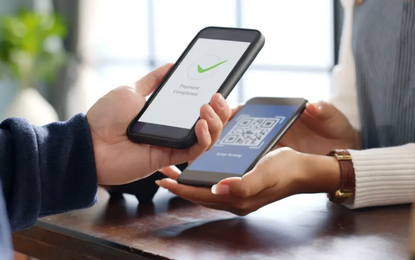

Efficient data handling and processing is an opportunity to offer users customized, flexible products
An impending
challenge for bank
s
is to
tailor their
product offering
to the needs of each customer,
drawing on
proper data analysis in order to identify the demands and provide hyper-personalized answers.
Thanks to digital channels and their
extensive reach
, it has never been easier to
connect with
customers. But in the same
,
hyper-connected context of multiple financial players such as banks, fintechs and bigtechs,
assuring
customer loyalty is becoming more difficult.
As a result
,
the
personalization of experiences is critical to maintaining satisfaction levels. The good news is that
banks
now have a wealth of data
upon which to base
their user research.
Consequently, one of the main challenges that the financial industry will have to address in the coming years will be to identify, filter and segment information efficiently.
The hyper-personalization of financial products suggests that bank
s
should provide
their customers with
relevant
,
flexible offers
. And th
at beg
s
the question
:
W
hy not have the customer build products at his or her convenience
, using
on-demand banking?
Under this premise
, the bank
can give the user
options
to choose from—
for example, which benefits to add to his or her credit card
—i
nstead of deciding between pre-established service
combinations
for each product.
Last year,
Banco Santander introduced in Mexico
a credit card with digital
registration
that allows customers to customize the
related
benefits, insurance and assistance. In addition, it introduced six card designs
that each
support different social projects according to the user's preference.
In fact
,
choosing
flexible payment due dates, interest-free months
and
mortgages with double installments are some
of the options
that can
already
be configured
o
n banks' web sites nowadays.
But the strategy would be even more effective if,
thanks to
proper data management, the bank
was able to
s
uggest products and add-on
s, thereby
anticipat
ing
the customer’s needs and creat
ing
a better digital experience.
Limiting credit evaluation or calculating interest rates based solely on credit bureau ratings is a strategy that ignores the complexities of the Latin American market, where
just
51% of adults have bank accounts,
and
of
those,
only 28%
use them to
make payments directly, according to
data published in August 2021.
And in the US, the numbers also show that at least a quarter of the population is underbanked while 10% are unbanked, limiting their opportunities to access student loans, mortgages or capital to start a business,
according to a study by Morning Consult
.
In this context
,
digital
banking
emerges as an opportunity for institutions to adapt
to the market and expand
their
offer
ing by taking into account
other sources of financial information
that
show
a person’s
income and
outgoings
.
For example, Mibanco, the microfinance institution
belonging to
Peru
’s
Credicorp,
formed
a
to access the driving history of driver
s
and
turn
it into a database
with which
to evaluate
their
credit
worthiness
.
User evaluations, driver punctuality and even the frequency
with which they
use the app play an important role in the assessment.
Customer data
allows the bank to
get to
know the
client
and therefore better meet
their
needs,
such as credit
.
E-wallets, which are
becoming
increasingly
popular
in the region, also play a key role here. They record users'
transactions
and
can potentially be
customized
to offer everything from
quick-approval loans to financial investment tools.
These e-wallets are a gateway
for
introduc
ing
a greater share of
the Latin American population to the financial system, especially considering
the region’s high
smartphone penetration rates.
An emerging trend such as open banking
represents
a
nother
opportunity
for
offer
ing
users
customized and flexible products.
If the
customer
allows it, the bank can access the
ir history of
financial
interactions
with
other companies
in order
to cross-check information and offer better
them
terms
for
financial products.
In Mexico, the BBVA group has
partnered
with the employment platform Zolvers
so that,
,
thousands of domestic workers can open savings accounts on this popular site.
Brazil leads the way
i
n the region in the implementation of open banking, followed by Mexico.
Some other countries, such as
Chile and Colombia
,
are close to approving their
own
legislative proposals.
These open banking projects expand the amount of data available to banks as they serve their customers and
thereby
improve their ability to customize services.
Open banking and financial institution
s’
quest to offer better products
leads
to an
obligatory
next step: efficient data processing for hyper-personalization, where the bank
adapts
to its customers and not the other way around.
Join our online community and stay up to date with the latest news from the world of technology.